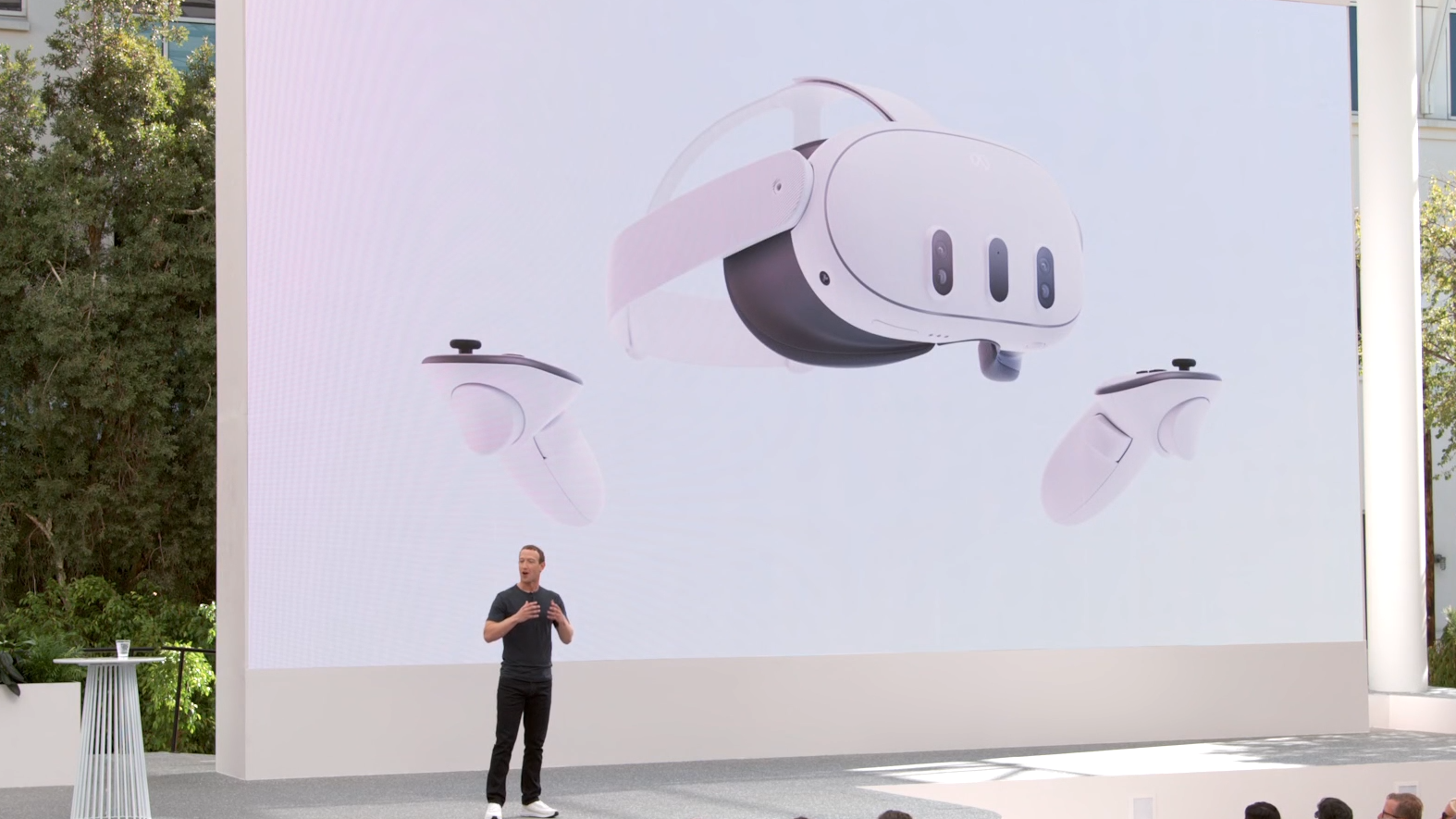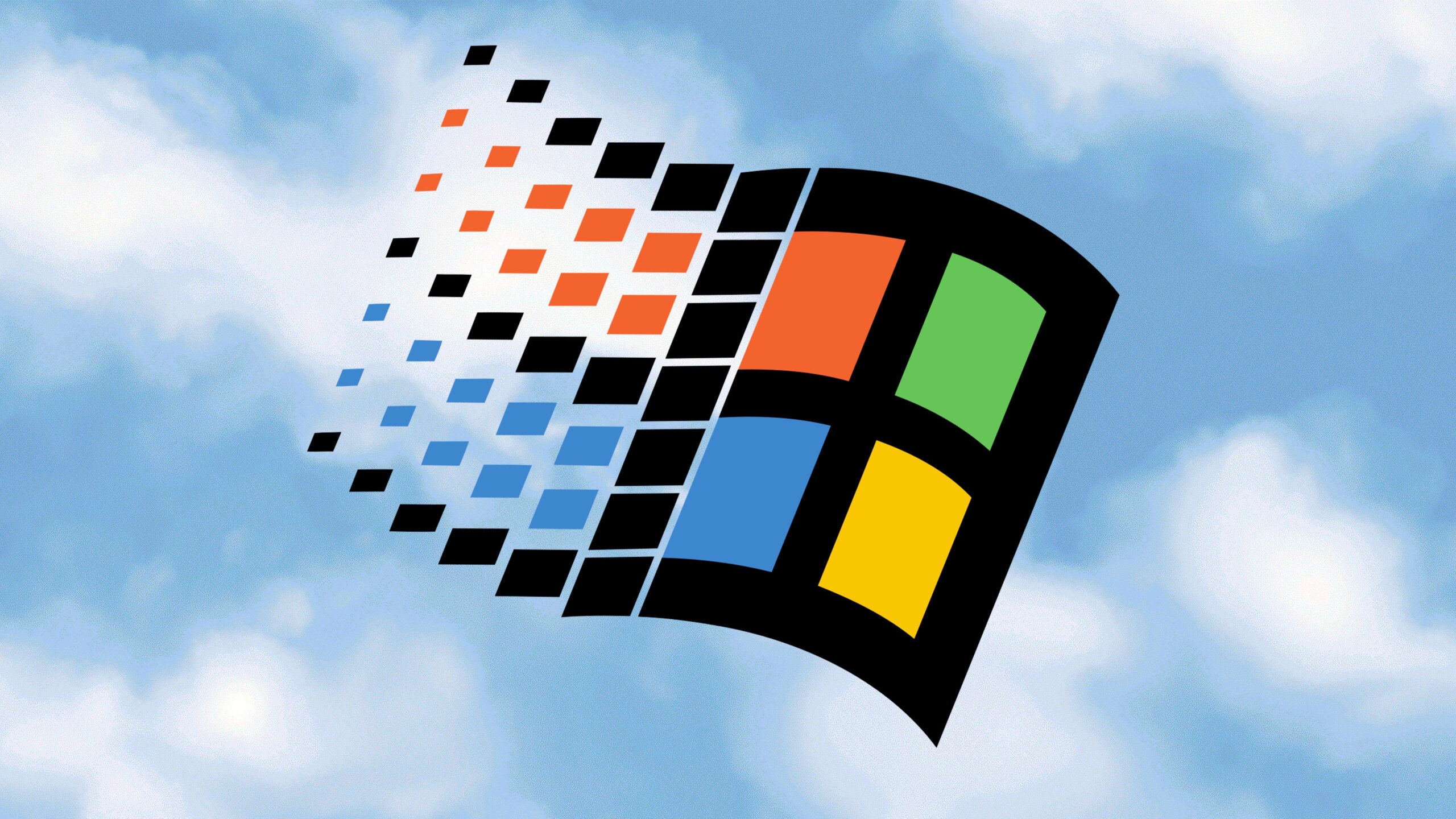We finally got more information on the much-talked-about Meta Quest 3 mixed-reality headset during today’s Meta Connect Keynote. From the looks of it, Meta is going hard to bring mixed reality gaming and productivity to the masses and giving it a big performance boost over the already impressive Meta Quest 2.
Meta announced the Quest 3 in June, but aside from giving a price, it was light on details. The first bit of big news we got during today’s presentation was that Quest 3 will have Xbox Cloud Gaming support, which lets you stream Xbox Game Pass games (with a Bluetooth controller) onto a virtual screen on top of your dinner table.
The headset will support Air Link, and you can connect to your PC with a Quest Link Cable, which means you’ll be able to play SteamVR games and have backward compatibility with Quest 2 VR games and AR apps.
The Quest 3 supports 2064 x 2208 per eye resolution on pancake lenses (similar to the Quest Pro) with a refresh rate of 90Hz and a 120Hz experimental option. It’s got a pair of RGB color passthrough cameras and a depth projector that lets you see and interact with the real world, so you don’t have to take the headset off to check your phone or make sure you don’t fall down a flight of stairs.
Powering the Quest 3 is a Snapdragon XR2 Gen 2, which Meta says delivers “double the GPU processing power for faster load times.” The keynote showed a side-by-side look at Walking Dead: Saints and Sinners being played on Quest 2 and Quest 3, demonstrating that the Quest 3 version had farther draw distances and faster load times than the last generation headset.
(Image credit: Meta )
The passthrough camera means the headset will digitally map your room, allowing mixed-reality games like Stranger Things to overlay game assets over physical ones, like opening portals in your living room or placing Beat Saber rewards in a digital trophy case.
The controllers ditch the tracking ring for a slimmer form factor, and Quest 3 also supports controller-less hand tracking. The headset weighs around 515 grams, and Meta claims it has a 40% “slimmer optic profile” for better comfort.
Meta also claims that Quest 3 will get an average of 2.2 hours of battery life. A charging dock sold separately will wirelessly charge the headset and controllers for $150. If not, the controllers will take regular AA batteries.
Next year, Meta is launching a suite of productive apps for enterprise use, hoping that companies will abandon the traditional physical workspace for a virtual one.
You can pre-order the Quest 3 for $500 for the 128GB version and $650 for the 512GB model; it will start shipping on October 10. Each Quest 3 will ship with a free copy of Ashard’s Wrath 2, a fantasy FPS melee adventure game. We should be getting the headset in soon for review, so keep an eye out for our thoughts on how it compares to the Quest 2, which, for now, is our favorite VR headset.











